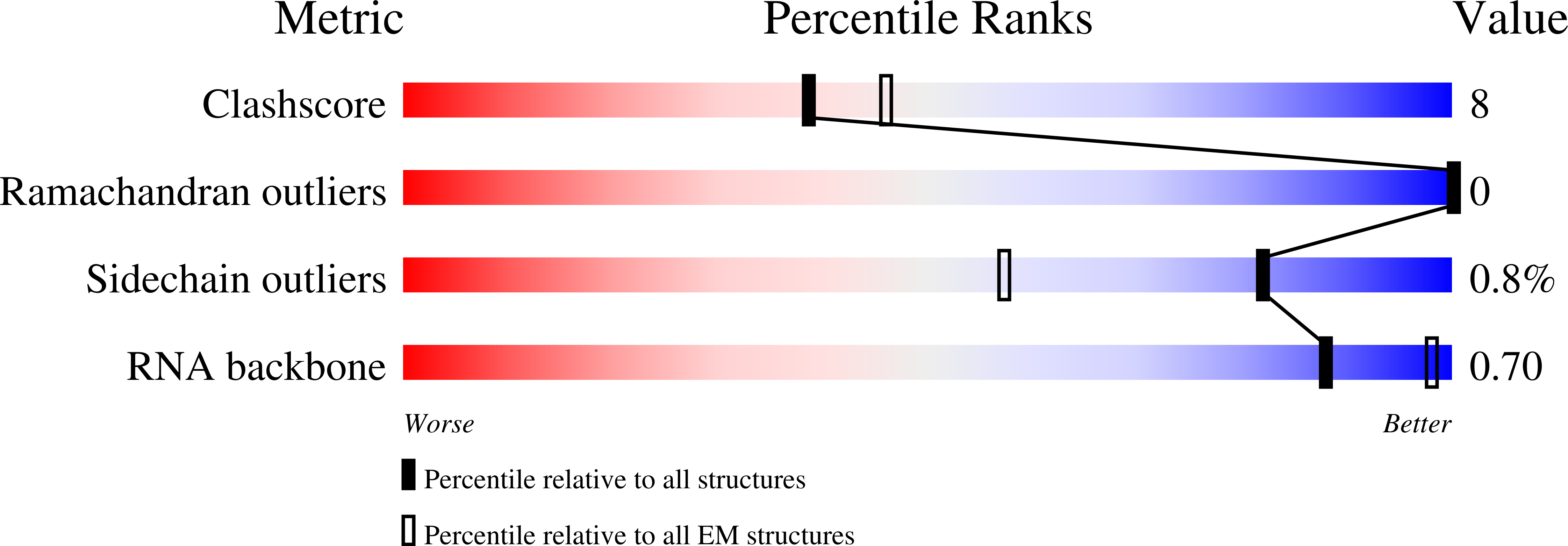
Deposition Date
2022-01-22
Release Date
2022-11-02
Last Version Date
2024-06-05
Method Details:
Experimental Method:
Resolution:
3.50 Å
Aggregation State:
PARTICLE
Reconstruction Method:
SINGLE PARTICLE


